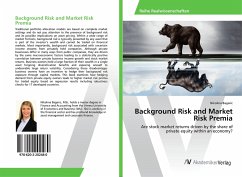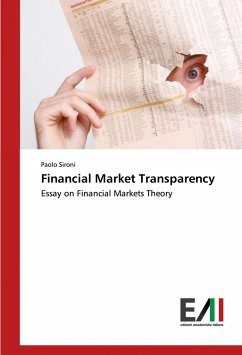Traditional portfolio allocation models are based on complete market settings and do not pay attention to the presence of background risk and its possible implications on asset pricing. Within a wide range of market frictions, background risk is typically presented by any asset that is part of the investor's wealth and cannot be traded on financial markets. Most importantly, background risk associated with uncertain income streams from privately held companies. Although private businesses differ in many ways from public companies, they are driven by the same macroeconomic factors leading to a statistically positive correlation between private business income growth and stock market returns. Business owners hold a large fraction of their wealth in a single asset forgoing diversification benefits and exposing oneself to undesirable large return volatility. Considering those disadvantages business owners have an incentive to hedge their background risk exposure through capital markets. This book examines how hedging demand from private equity owners leads to higher market risk premia for traded equity based on regression results including robustness checks for 17 developed countries.
Bitte wählen Sie Ihr Anliegen aus.
Rechnungen
Retourenschein anfordern
Bestellstatus
Storno








